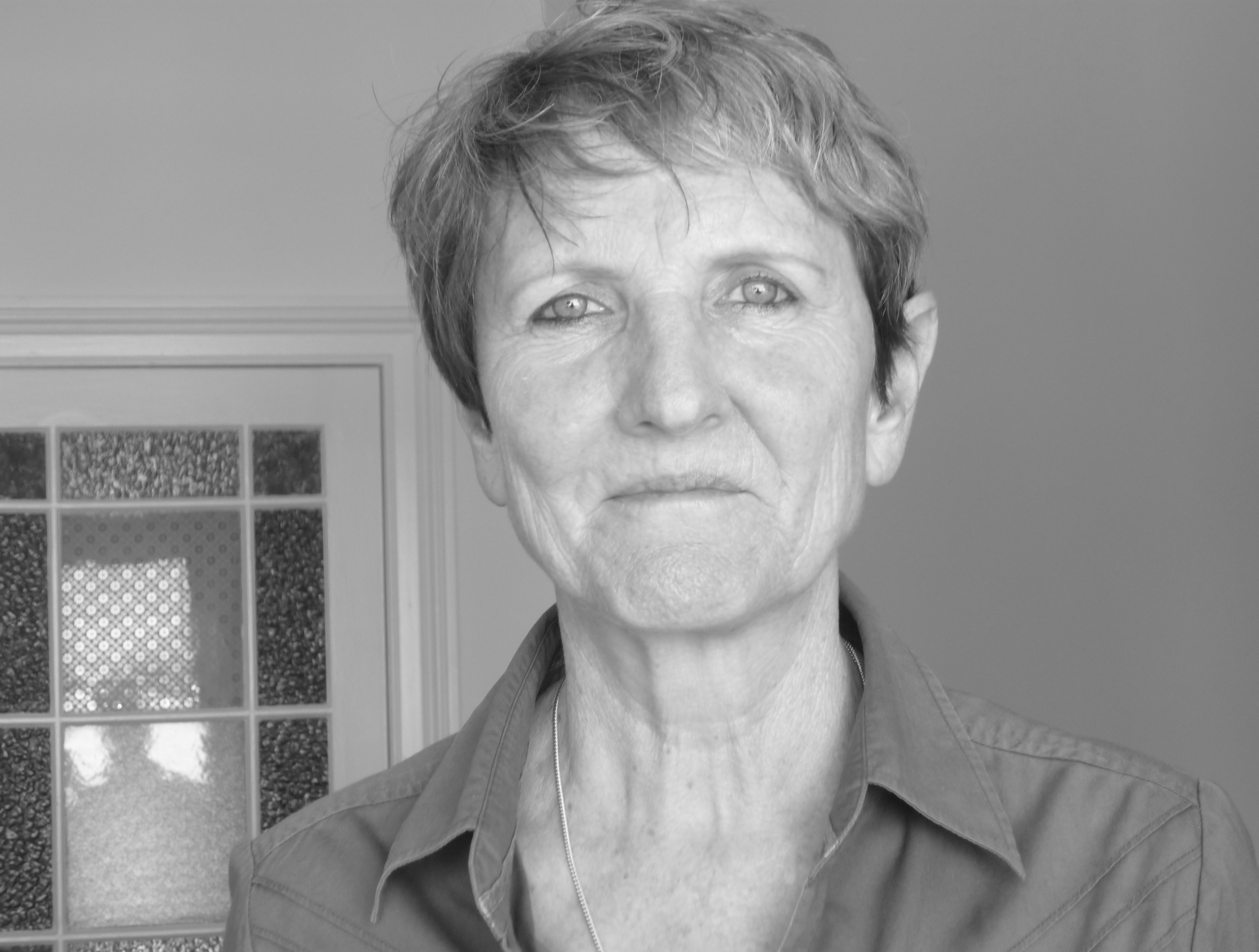feminism
October 20, 2015
Motley attire
October 1, 2015
Montreal's was a desiring feminism
July 15, 2014
Why childbirth?
A question for Holly Melgard
February 13, 2013
Why teenage girls?
January 18, 2013
Emancipation via elimination
November 29, 2012
PB : Non-causal, expressive correspondences
November 3, 2011
Lawson, Henry (See: Lawson, Louisa)
October 23, 2011
Amanda Stewart: Faces, shifts, indices
October 11, 2011
Magazines #5
September 1, 2011








